Spring Awakening: Preparing Your Pool for the Swim Season
Did you know that according to a recent survey, over 10 million Americans own a swimming pool? With the arrival of spring, it’s time to start thinking about getting your pool ready for the swim season. But where do you begin? In this article, we will guide you through the necessary steps to ensure that your pool is clean, safe, and ready for hours of summer fun. From cleaning and inspecting to balancing chemicals and adjusting water temperature, we’ve got you covered. So, if you want to make a splash this swim season, keep reading to find out how to prepare your pool for the ultimate summer experience.
Key Takeaways
- Thoroughly clean and clear the pool of debris and contaminants before the swim season.
- Regularly inspect and repair any leaks or damages to ensure the pool’s functionality and safety.
- Test and balance the pool chemicals regularly to maintain proper disinfection and water quality.
- Consider different heating options to adjust the water temperature for a comfortable swimming experience.
Cleaning and Clearing
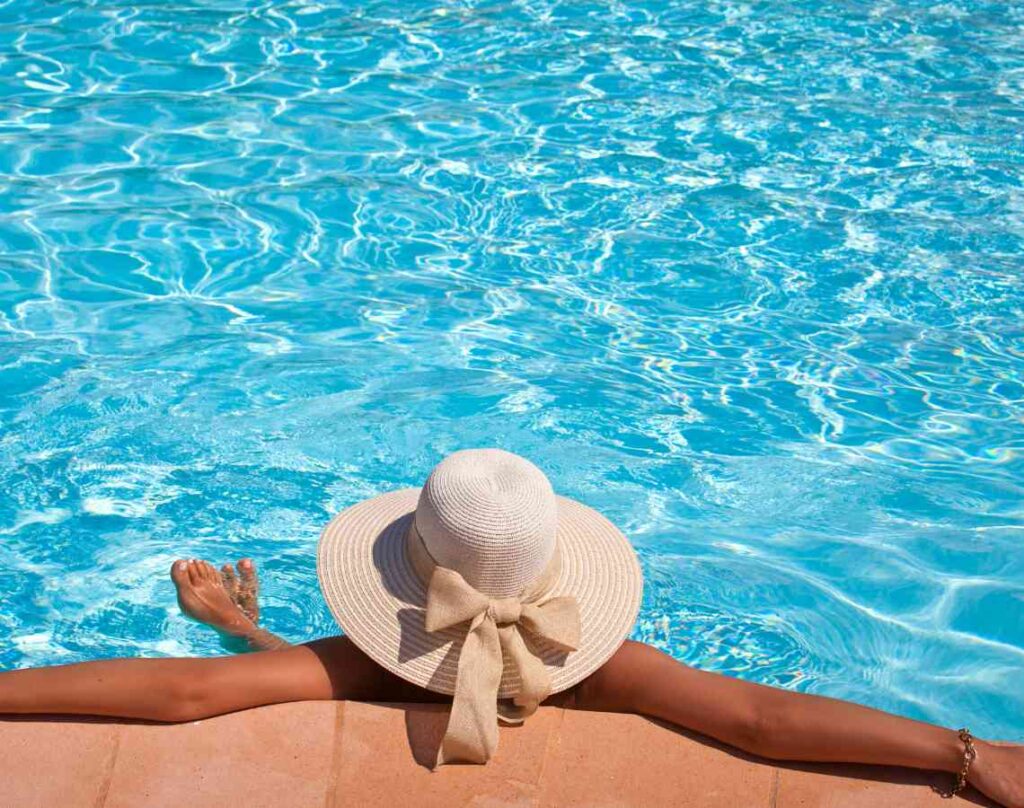
To prepare your pool for the swim season, it is imperative that you thoroughly clean and clear the pool of any debris or contaminants. This step is crucial in creating a safe and enjoyable swimming environment for you and your guests. Start by vacuuming debris from the pool floor and walls using a pool vacuum or automatic cleaner. Pay close attention to corners, steps, and other hard-to-reach areas where debris tends to accumulate. Removing algae is another critical aspect of pool cleaning. Algae can quickly multiply and cause water discoloration and slippery surfaces. Treat the pool with an algaecide solution, following the instructions carefully. Scrub the pool walls and floor with a pool brush to dislodge any remaining algae. Afterward, use a net or skimmer to skim the surface of the water, removing any floating debris such as leaves or insects. Finally, empty and clean the skimmer and pump baskets to ensure proper filtration and circulation. By following these cleaning and clearing steps, you will be well on your way to a sparkling clean, and inviting pool for the swim season.
Inspecting and Repairing

Now that your pool is clean and clear of debris and contaminants, it is time to turn your attention to inspecting and repairing any potential issues to ensure a smooth and enjoyable swim season. Proper pool maintenance is essential to keep your pool in top condition, and one of the most important aspects of maintenance is inspecting for and repairing any water leaks.
Water leaks can cause significant damage to your pool and surrounding areas if left unaddressed. They can lead to water loss, increased utility bills, and even structural damage. To avoid these issues, it is crucial to regularly inspect your pool for any signs of leaks.
Start by checking for visible signs of water leakage, such as wet spots or puddles around the pool. Inspect the pool equipment, including the pump, filter, and pipes, for any signs of water leaks. It is also important to inspect the pool walls, floor, and tiles for cracks or gaps that may be causing water to leak.
If you find any leaks, it is crucial to repair them promptly. Small leaks can often be fixed with pool sealants or epoxy putty, while larger leaks may require professional assistance. Remember to follow the manufacturer’s instructions when applying any sealants or performing repairs to ensure the best results.
Balancing Pool Chemicals
Achieving a proper balance of pool chemicals is crucial for maintaining water quality and ensuring a safe swimming environment. Testing levels and performing regular chemical maintenance are essential tasks in maintaining a well-balanced pool.
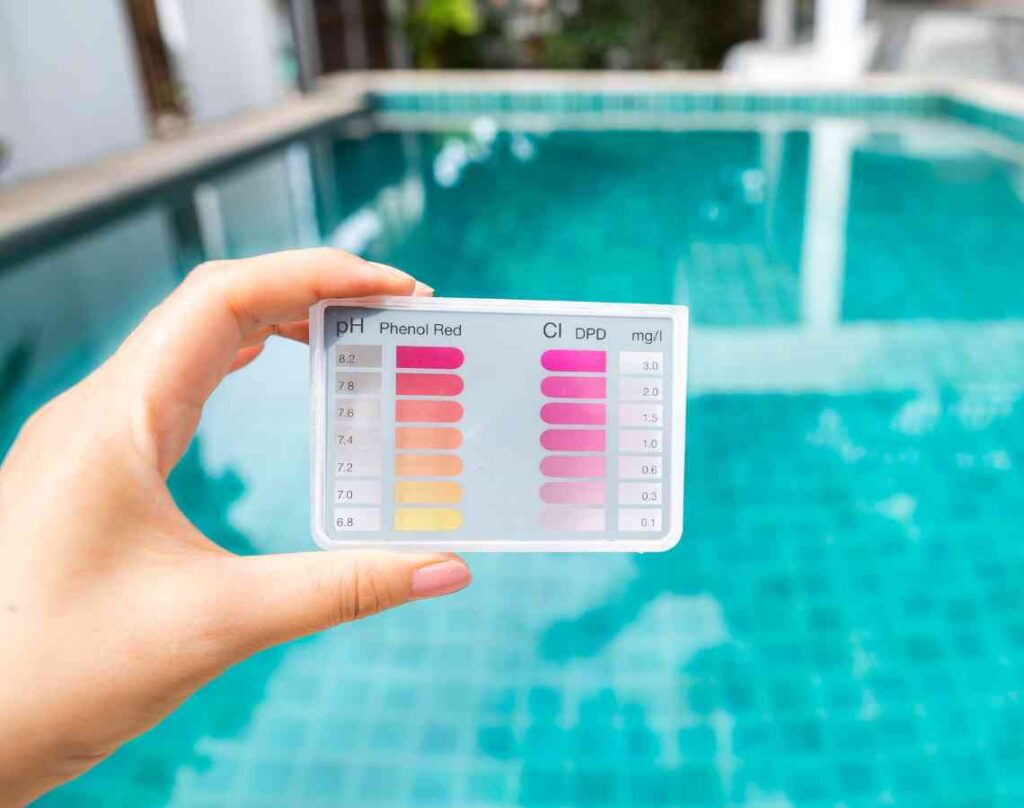
To start, it is important to regularly test the chemical levels in your pool. Testing kits are easily available and will allow you to measure key factors such as pH, chlorine, alkalinity, and calcium hardness. These levels should be within specific ranges to ensure optimal water quality. For example, the pH level should ideally be between 7.4 and 7.6, while chlorine levels should be maintained between 1 and 3 parts per million (ppm).
Once you have tested your pool’s chemical levels, it is time to perform necessary maintenance. Adjusting the pH level is often the first step. If the pH is too high, you can use a pH decreaser to bring it down. On the other hand, if the pH is too low, a pH increaser can be added. It is crucial to follow the manufacturer’s instructions when using any chemical products.
In addition to pH adjustment, maintaining proper chlorine levels is vital for disinfection and preventing the growth of harmful bacteria. Regularly adding chlorine tablets or liquid chlorine can help maintain the desired levels.
Regularly testing and maintaining the chemical levels in your pool is crucial for ensuring water quality and a safe swimming environment. By following proper testing procedures and performing necessary maintenance, you can enjoy a well-balanced pool all season long.
Learn more about balancing your pools water chemistry here.
Adjusting Water Temperature
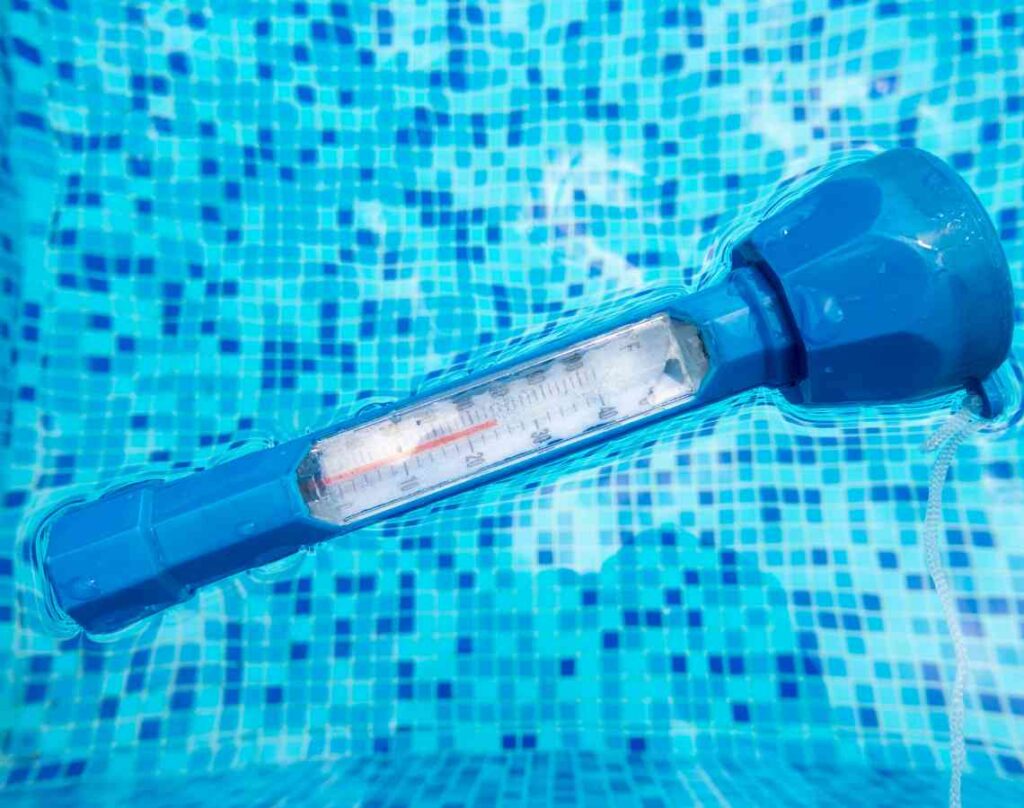
Maintaining a well-balanced pool not only involves regular chemical maintenance but also includes the important task of adjusting the water temperature. Proper temperature control is crucial to ensure a comfortable and enjoyable swimming experience for you and your guests. To achieve the desired water temperature, you have several heating options available. Let’s explore these options in the table below:
| Heating Options | Temperature Control |
| Gas Heater | Precise temperature control with rapid heating capabilities. Ideal for quick temperature adjustments. |
| Electric Heater | Offers consistent heating and reliable temperature control. Suitable for maintaining a specific temperature over an extended period. |
| Solar Heater | Utilizes renewable energy from the sun to heat the pool. Provides cost-effective and environmentally friendly temperature control. Requires adequate sun exposure for optimal performance. |
Each heating option comes with its own advantages and considerations. Gas heaters offer precise temperature control and rapid heating capabilities, making them ideal for quick adjustments. Electric heaters, on the other hand, provide consistent heating and reliable temperature control, making them suitable for maintaining a specific temperature over an extended period. Solar heaters utilize renewable energy from the sun, offering a cost-effective and environmentally friendly solution. However, they require sufficient sun exposure for optimal performance.
Consider your specific needs and preferences when choosing the right heating option for your pool. By adjusting the water temperature to your liking, you can create a comfortable swimming environment for yourself and your guests.
Final Touches and Safety Checks
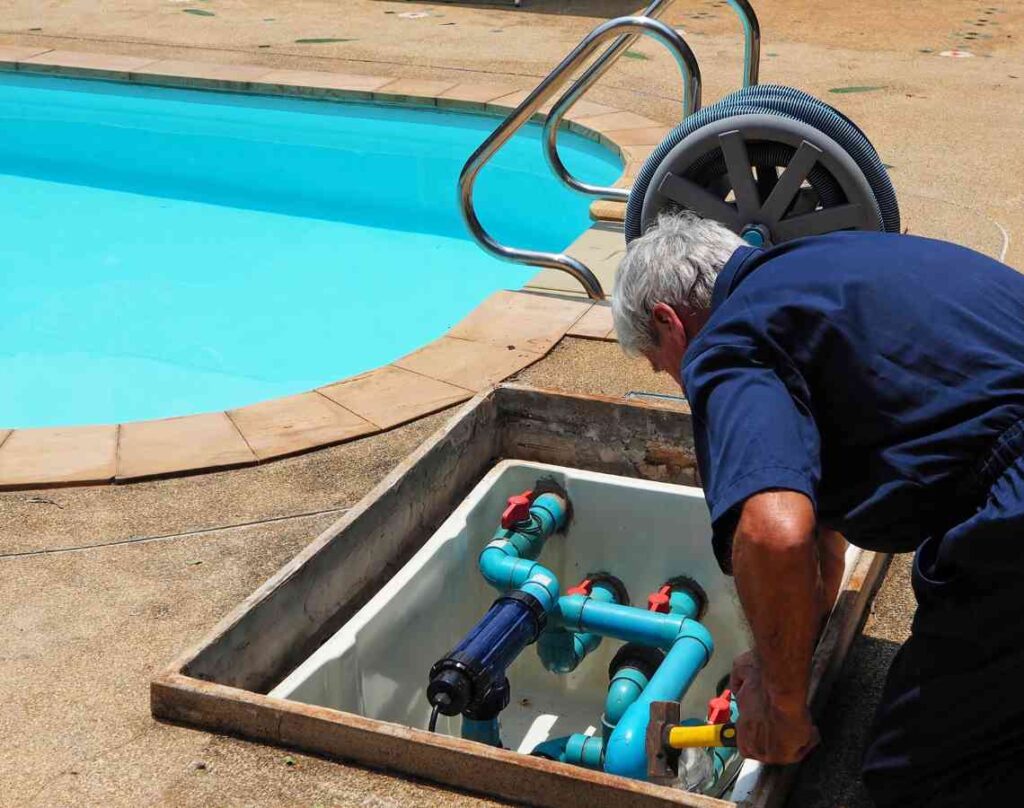
- To ensure the safety and functionality of your pool, it is important to perform final touches and conduct thorough safety checks. Here are some key steps to follow:
- Install a pool cover: A pool cover not only keeps debris out of your pool but also helps to maintain water temperature and prevent evaporation. Make sure the cover fits securely and is in good condition to avoid accidents or damage.
- Check pool toys: Before diving into the swim season, inspect all pool toys for any signs of wear, such as holes or broken parts. Replace any damaged toys to prevent any potential hazards while swimming.
- Test safety equipment: Verify that your pool’s safety equipment, such as life rings, reach poles, and first aid kits, are easily accessible and in good working order. Replace any outdated or damaged equipment to ensure the safety of swimmers.
- Inspect pool area: Walk around the pool area and check for any potential hazards such as loose tiles, sharp edges, or slippery surfaces. Repair or replace any damaged areas to prevent accidents.
- Evaluate pool fence and gates: Ensure that your pool fence and gates are in good condition and functioning properly. Check for any loose or broken parts that may compromise the safety of your pool area.
Frequently Asked Questions
Can I Use Regular Household Cleaning Products to Clean My Pool Instead of Specialized Pool Cleaners?
You can use regular household cleaning products to clean your pool, but there are pros and cons. Household cleaners may be cheaper, but they may not be as effective or safe for your pool. Consider alternative pool cleaners for better results.
How Often Should I Inspect and Repair My Pool Equipment to Ensure Its Longevity?
Regularly inspect and repair your pool equipment to ensure its longevity. By performing routine maintenance, you can identify and fix any issues before they become major problems, prolonging the lifespan of your equipment and saving you money in the long run.
Can I Use a Regular Household Thermometer to Check the Water Temperature in My Pool?
Yes, you can use a regular household thermometer to check the water temperature in your pool. However, keep in mind that it may not provide the same level of accuracy as a dedicated pool thermometer.
What Are the Recommended Levels for Pool Chemicals, Such as Chlorine and Ph, to Ensure a Safe Swimming Environment?
To ensure a safe swimming environment, it is important to maintain recommended levels of pool chemicals such as chlorine and pH. Regularly check and adjust these levels, along with maintaining pool equipment and monitoring water temperature and accessory safety precautions.
Are There Any Specific Safety Measures I Should Take When Using Pool Accessories, Such as Slides or Diving Boards?
When using pool accessories like slides or diving boards, it’s important to take specific safety measures. Regular maintenance of these pool equipment is crucial to ensure a safe and enjoyable swimming experience.

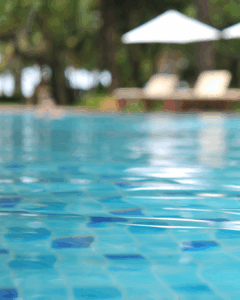

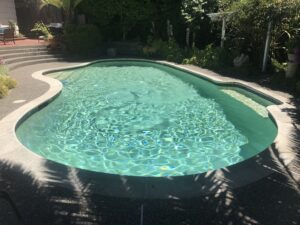
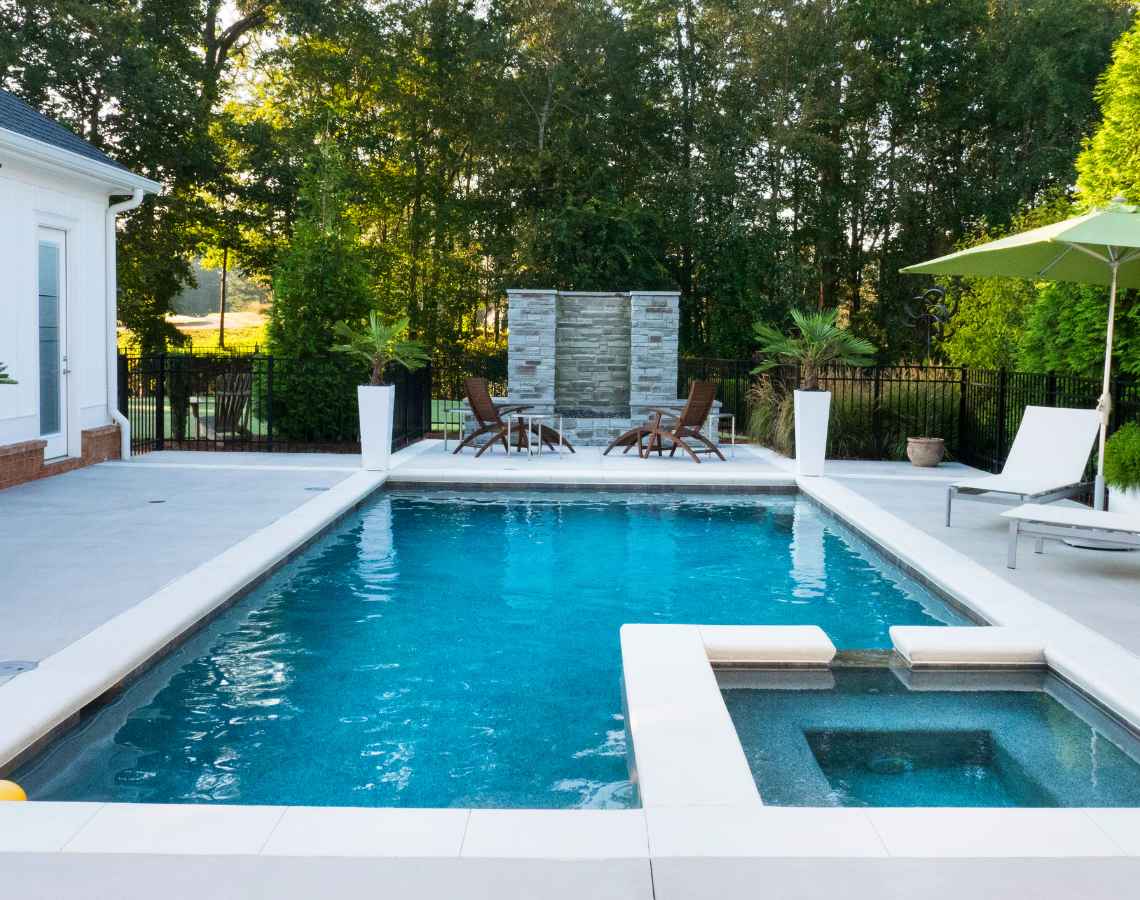

 Alex Cota
Alex Cota  Sophie Pekic
Sophie Pekic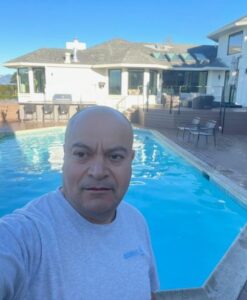 Rudy Reyes
Rudy Reyes  Mark Harlan
Mark Harlan Kevin Hall
Kevin Hall 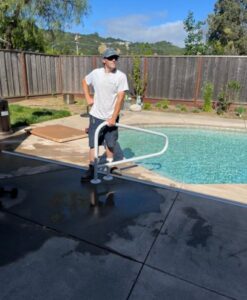 Howard (Howie) Van Lare
Howard (Howie) Van Lare  Chris Cavalerro
Chris Cavalerro 

 Betty Garmendina
Betty Garmendina George Wallace
George Wallace Zach Zastrow
Zach Zastrow Jorge Salazar Bernal
Jorge Salazar Bernal Mike Watson
Mike Watson Jane Ciuchta – Hired 2015
Jane Ciuchta – Hired 2015 Bruce Muir – Hired 2020
Bruce Muir – Hired 2020 David-Metzger – Hired 2014
David-Metzger – Hired 2014 Robin Clarke – Hired 2019
Robin Clarke – Hired 2019 Maddi Davidson – Hired 2022
Maddi Davidson – Hired 2022 John Albachten – Hired 2015
John Albachten – Hired 2015 Jay Bergmann – Hired 2023
Jay Bergmann – Hired 2023 Summer Venegas – Hired 2017
Summer Venegas – Hired 2017 Rebecca Jones – Hired 2015
Rebecca Jones – Hired 2015 Jane Doe – Hired 2014
Jane Doe – Hired 2014